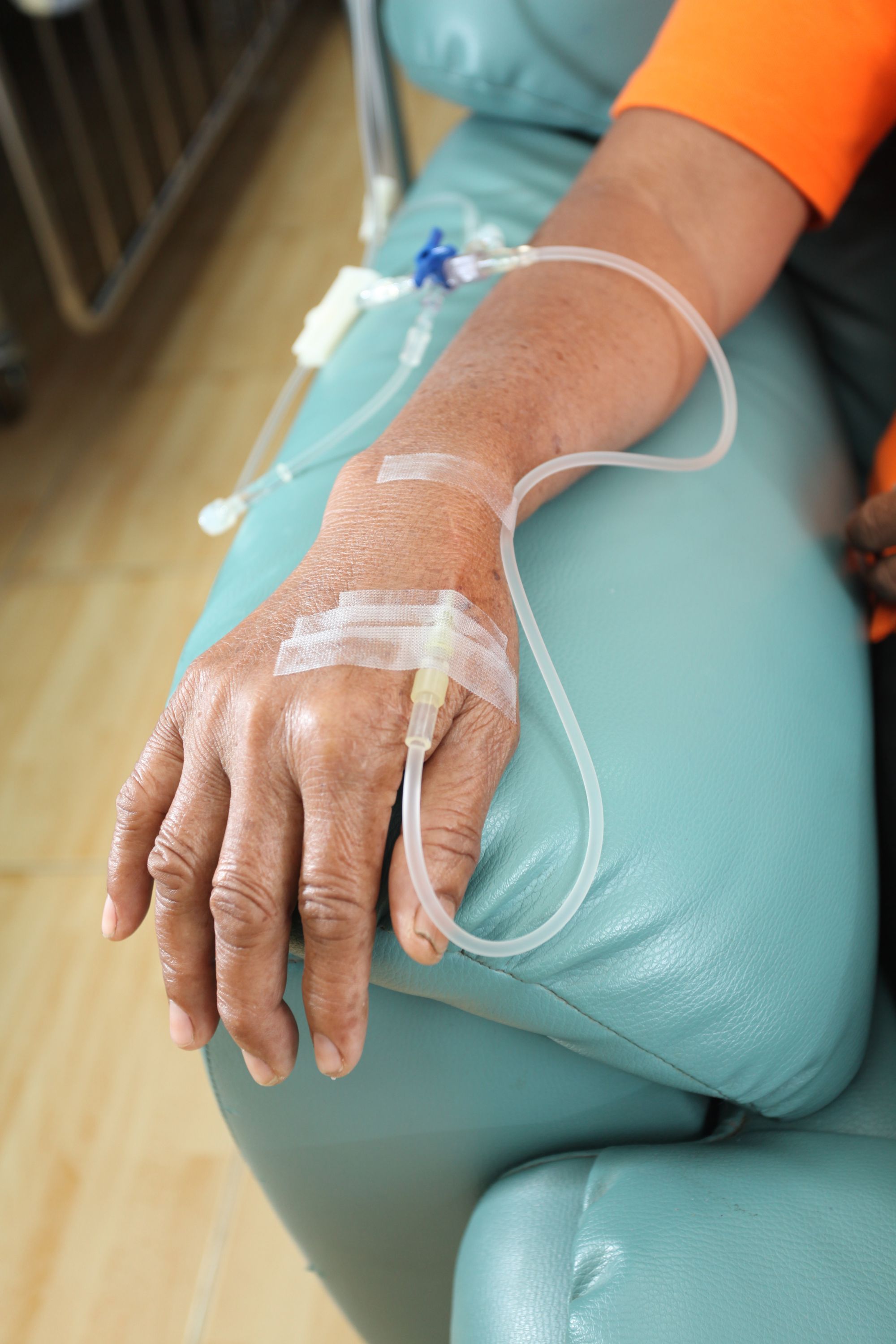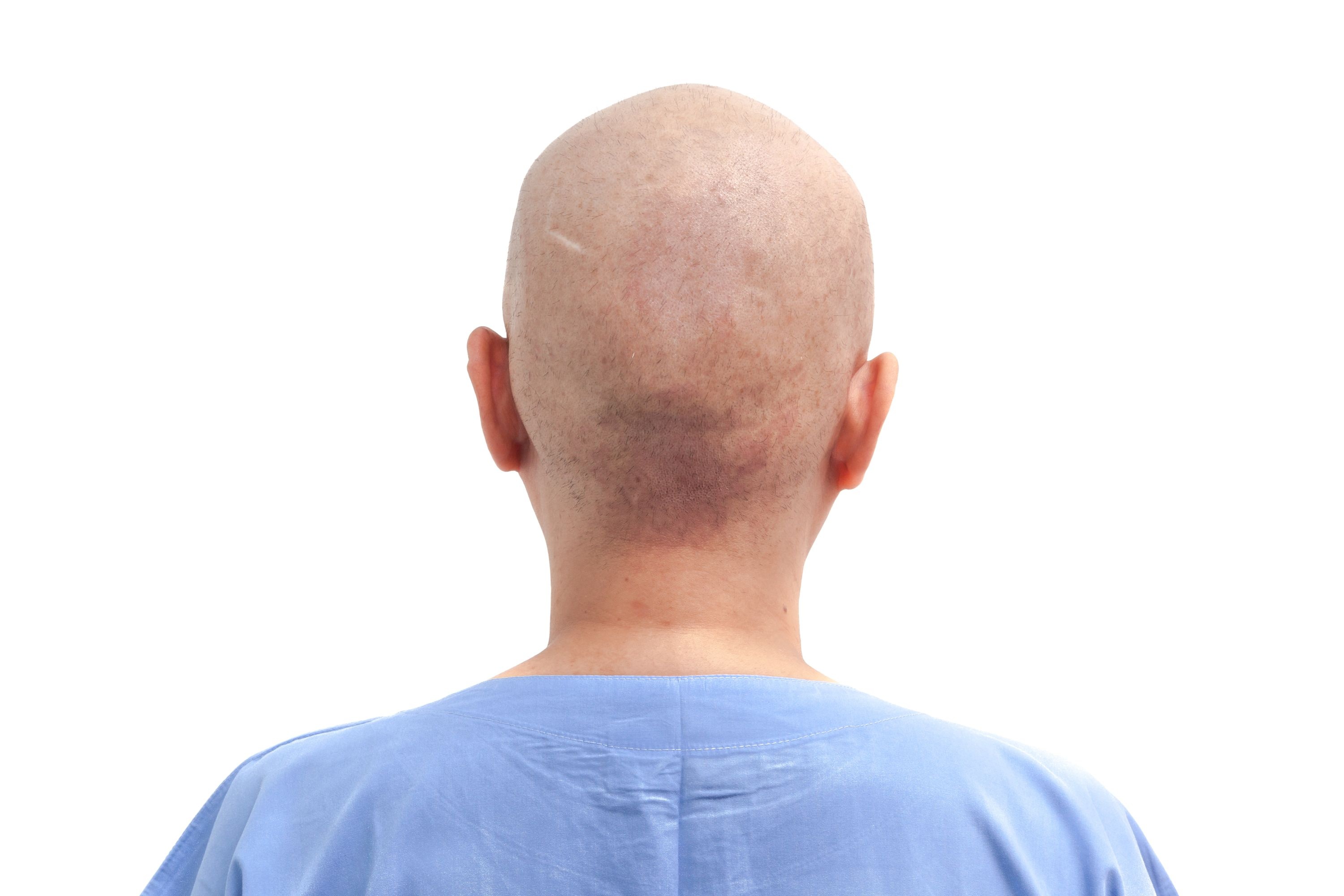- Home
- About
- Find a Provider
- Community
- Services
- Allergy, Asthma, and Immunology
- Audiology
- Baby Lane
- Cardiology
- Chronic Care Management
- Dermatology
- Endoscopy
- Ear, Nose & Throat
- Emergency Care
- Family Medicine
- Gastroenterology
- Home Health
- Hospital Medicine
- Hyperbarics
- Imaging
- Infusion
- Internal Medicine
- Labor & Delivery
- Laboratory
- Neurosurgery
- Nursing Care
- Nutrition Services
- Obstetrics & Gynecology
- Occupational Medicine
- Oncology
- Orthopedics
- Outpatient Diagnostic Center
- Outpatient Therapy
- Pain Management
- Pediatrics
- Pharmacy
- Podiatry
- Primary Care
- Rehabilitation Care
- Surgical Care
- Urgent Care
- Volunteer Services
- Weight Loss Surgery
- Workforce Wellness
- Wound Care
- Patients & Visitors
- Accountable Care Organizations
- Admissions
- Appointments
- Community Resources
- Compliance
- Contacts Us
- COVID-19 Update
- Email a Patient
- Fight Fraud
- Financial Assistance
- Financial Services
- Free Wireless Internet
- Going Home
- Health Resources
- Hospital-Based Outpatient Clinic
- Insurance
- Interpretation/Translation
- Leadership Team
- Maps & Directions
- Medical Records
- MyChart
- My Patient Portal
- Patient Handbook
- Patient & Family Advisory Council
- Patient Rights & Responsibilities
- Patient Stories
- Patient Testimonials
- Patient Tower
- Pay Online
- Photography Policy
- Privacy Policies
- Social Services
- Suggestion Box
- Understanding HCAHPS
- Visiting Hours
- Visitor Information
- Workplace Violence
- Contact
- Home
- About
- Find a Provider
- Community
- Services
- Allergy, Asthma, and Immunology
- Audiology
- Baby Lane
- Cardiology
- Chronic Care Management
- Dermatology
- Endoscopy
- Ear, Nose & Throat
- Emergency Care
- Family Medicine
- Gastroenterology
- Home Health
- Hospital Medicine
- Hyperbarics
- Imaging
- Infusion
- Internal Medicine
- Labor & Delivery
- Laboratory
- Neurosurgery
- Nursing Care
- Nutrition Services
- Obstetrics & Gynecology
- Occupational Medicine
- Oncology
- Orthopedics
- Outpatient Diagnostic Center
- Outpatient Therapy
- Pain Management
- Pediatrics
- Pharmacy
- Podiatry
- Primary Care
- Rehabilitation Care
- Surgical Care
- Urgent Care
- Volunteer Services
- Weight Loss Surgery
- Workforce Wellness
- Wound Care
- Patients & Visitors
- Accountable Care Organizations
- Admissions
- Appointments
- Community Resources
- Compliance
- Contacts Us
- COVID-19 Update
- Email a Patient
- Fight Fraud
- Financial Assistance
- Financial Services
- Free Wireless Internet
- Going Home
- Health Resources
- Hospital-Based Outpatient Clinic
- Insurance
- Interpretation/Translation
- Leadership Team
- Maps & Directions
- Medical Records
- MyChart
- My Patient Portal
- Patient Handbook
- Patient & Family Advisory Council
- Patient Rights & Responsibilities
- Patient Stories
- Patient Testimonials
- Patient Tower
- Pay Online
- Photography Policy
- Privacy Policies
- Social Services
- Suggestion Box
- Understanding HCAHPS
- Visiting Hours
- Visitor Information
- Workplace Violence
- Contact


 The drugs are pushed slowly into the vein or given via IV solution. Once the needle is in place, you should not feel anything.
The drugs are pushed slowly into the vein or given via IV solution. Once the needle is in place, you should not feel anything.
.png?width=850&height=850&name=lane%20badge%20(1).png)


-1.png?width=711&height=711&name=healthy%20br%20(4)-1.png)

